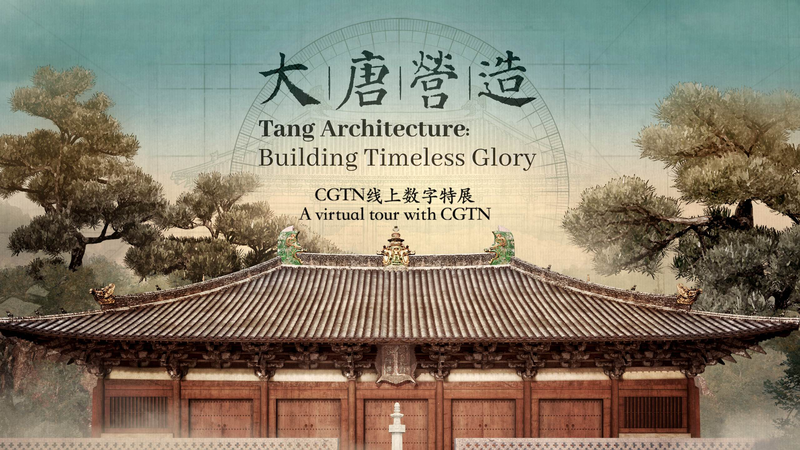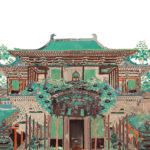The Tang Dynasty (618-907) stands as a pinnacle of cultural and architectural achievement in Chinese history, often celebrated as an era of openness, innovation, and artistic brilliance. Renowned for its grand palaces, temples, and urban designs, Tang architecture harmonized symmetry, intricate wooden craftsmanship, and philosophical ideals, leaving an indelible mark on China’s cultural identity.
Structures from this golden age reflect a profound connection to nature and cosmology, with sprawling complexes like the Daming Palace symbolizing imperial power and technological prowess. The use of bracket sets (dougong) in wooden frameworks not only showcased engineering mastery but also embodied the Confucian principles of balance and order.
For historians and travelers alike, Tang-era relics, such as the Giant Wild Goose Pagoda in Xi’an, offer a glimpse into a time when China served as a global hub for trade and cultural exchange. Scholars highlight how these designs influenced neighboring regions and continue to inspire modern architectural practices across Asia.
Today, digital reconstructions and preservation efforts aim to revive the splendor of Tang architecture, bridging ancient traditions with contemporary appreciation. This blend of historical reverence and technological innovation underscores the enduring legacy of a dynasty that shaped East Asia’s artistic landscape.
Reference(s):
cgtn.com








